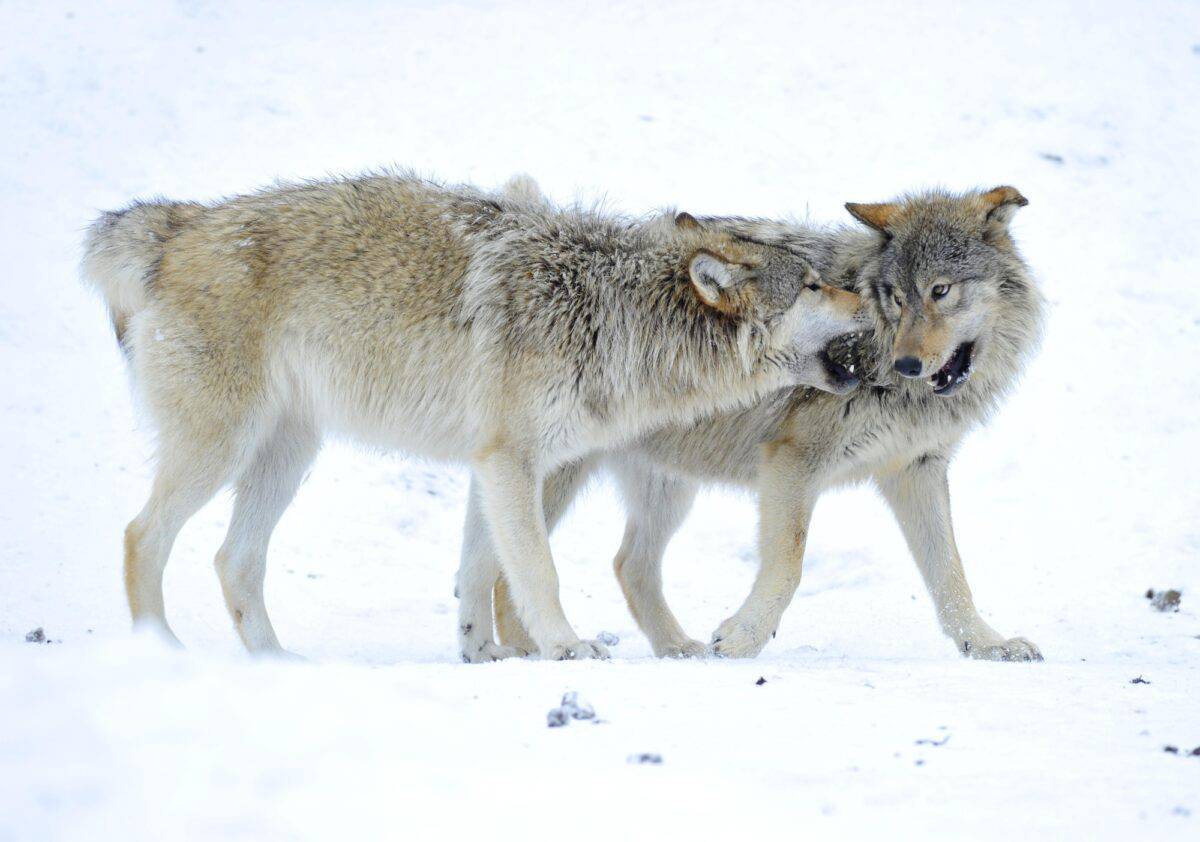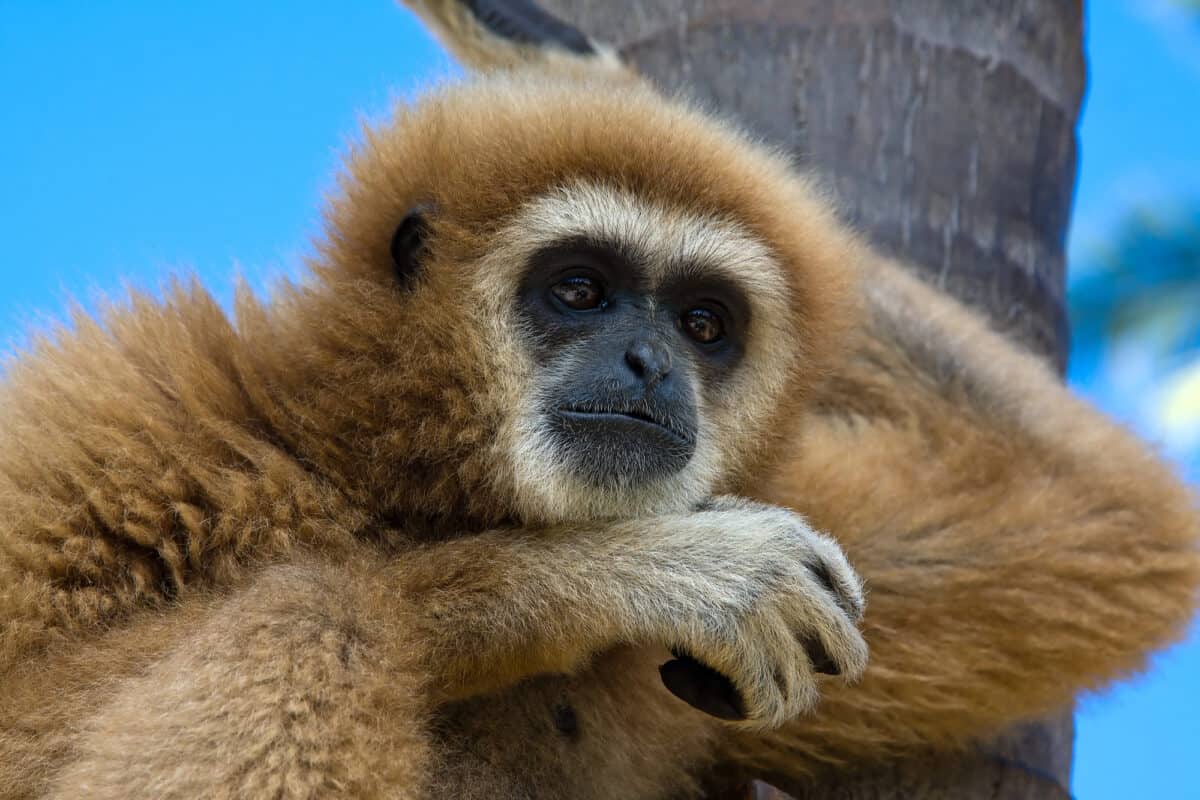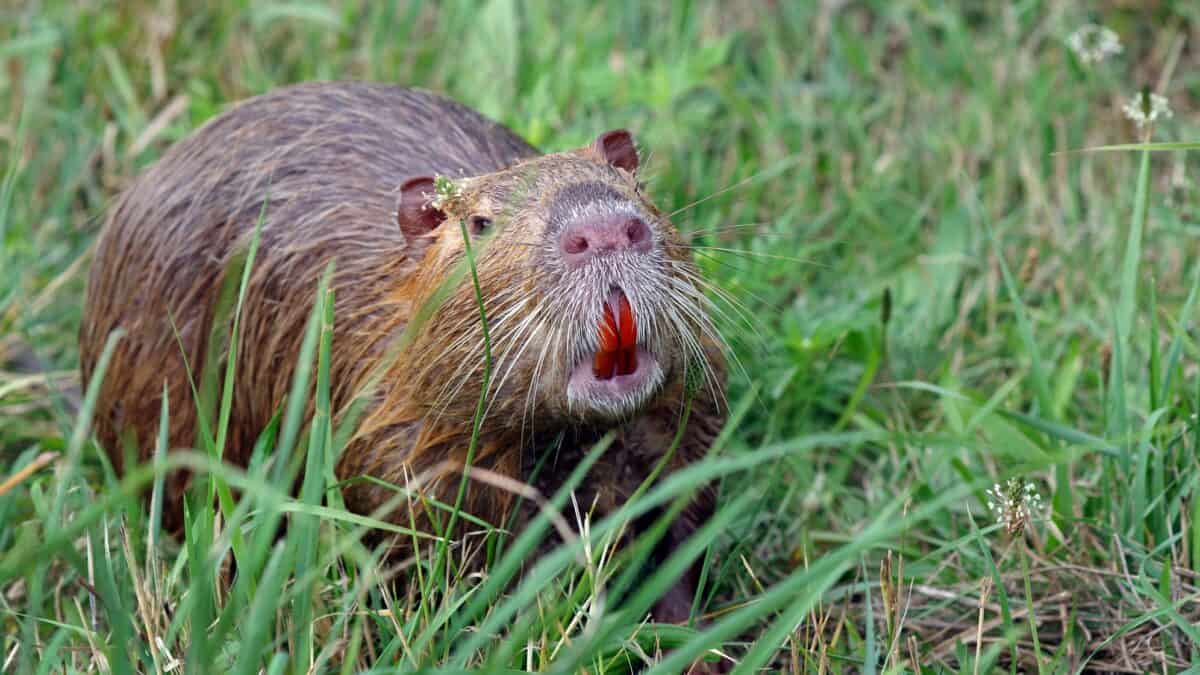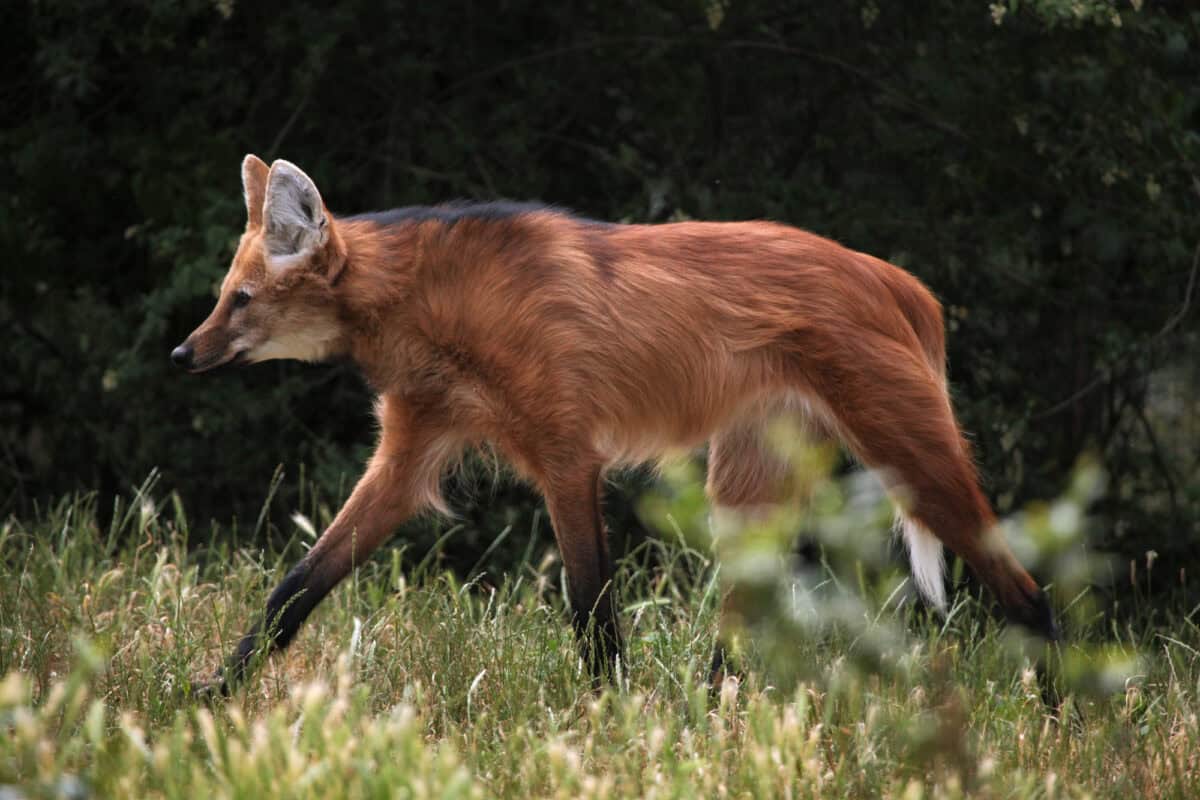Monogamy, a social or sexual practice where an individual has only one partner during their lifetime or for extended periods, is often celebrated as a romantic ideal in human culture. However, in the animal kingdom, this behavior might seem less common, given the diverse mating strategies that evolution has fostered across species. Still, a fascinating array of animals display remarkable loyalty to their partners, symbolizing enduring partnerships and cooperative parenting. Below, we explore five of the most loyal animals known for sticking with their partners for life.
1. Swans

Swans are quintessential symbols of romance and fidelity. Known for their graceful appearance, swans form monogamous bonds and often remain with their partners for life. Their partnership extends beyond mating; they share responsibilities in building nests, incubating eggs, and rearing their young. Not only do they work together to ensure the survival and success of their offspring, but they also exemplify a profound, enduring companionship that continues throughout their years together.
One of the most recognized species is the mute swan, which is particularly renowned for its loyalty. The pair bond is established through synchronized swimming and specific courtship displays. Once formed, the commitment to each other goes beyond reproductive duties, with swans often seen supporting their partners after injury or during times of stress.
2. Wolves

Wolves are renowned for their complex social structures and tight-knit family units called packs. At the core of these packs are the alpha pair, the leaders, and primary breeders, who typically maintain a lifelong bond. This monogamous pair works in tandem to raise their young, and their partnership is pivotal to the pack’s harmony and success.
Their loyalty is expressed through mutual support, cooperative hunting, and shared roles in protecting and teaching their offspring. The alpha pair sets an example for the other members and ensures the pack’s survival and cohesion. This enduring partnership highlights a deep-seated social structure based on mutual dependence and trust.
3. Gibbons

Known for their exceptional singing abilities and acrobatics through the treetops, gibbons are also celebrated for their monogamous relationships. Dwelling in the dense rainforests of Southeast Asia, these small apes live in tight-knit family groups, typically consisting of a mated pair and their offspring.
Gibbons maintain their pair bonds through distinctive “duet” songs, which serve to declare their territory and reinforce their partnership. This vocalization helps strengthen the pair’s connection and plays a vital role in defending their territory from rival pairs. In a world where resources are fiercely contested, their lifelong commitment to each other ensures the survival of their offspring and the continuation of their lineage.
4. Albatrosses

The albatross, a bird with one of the largest wingspans, is known for its extraordinary survival instincts and loyalty. Marrying long-term investments with partnership, these seabirds are symbols of consistency in the unpredictable world of open-ocean life. Their relationships are characterized by intricate courtship dances, which help solidify their lifelong pair bonds.
Albatrosses tend to breed on remote islands, and once they choose a mate, they return to the same breeding site and partner each year. Their long lifespan, sometimes reaching up to 50 years, is marked by a steadfast bond that aids them in successfully raising their young in the challenging marine environment. This dependence on partnership ensures not only their survival but also the continuation of genetic lineage through strategic, cooperative breeding practices.
5. Beavers

Beavers are renowned builders, known for creating extensive structures such as dams and lodges that transform their environments. Their monogamous pairs work collaboratively to maintain these structures and nurture their offspring. The fidelity between paired beavers is foundational to their survival and ecological impact.
Beaver pairs share all duties, from construction to caring for young and foraging for food. Their partnership ensures not only efficient division of labor but also offers stability and security for the family. This commitment to each other and their family unit allows beavers to thrive and maintain their influential role in ecosystem engineering.
Conclusion: Bonds Beyond Reproduction

The loyalty displayed by these animals underscores a profound evolutionary strategy in which social bonds, cooperation, and mutual support yield substantial benefits beyond mere reproduction. While their motivations differ from human romantic notions, these animals exemplify enduring partnerships that ensure both individual and species survival. Watching their lives unfold gives us a glimpse into the diverse strategies nature employs to foster resilience, adaptability, and continuity across generations.
- 12 Brainy Beasts That Can Outsmart You - August 10, 2025
- 14 Lizard Species That Can Regrow Their Tails - August 10, 2025
- Animal Rights Violation Issues in The United States - August 10, 2025

